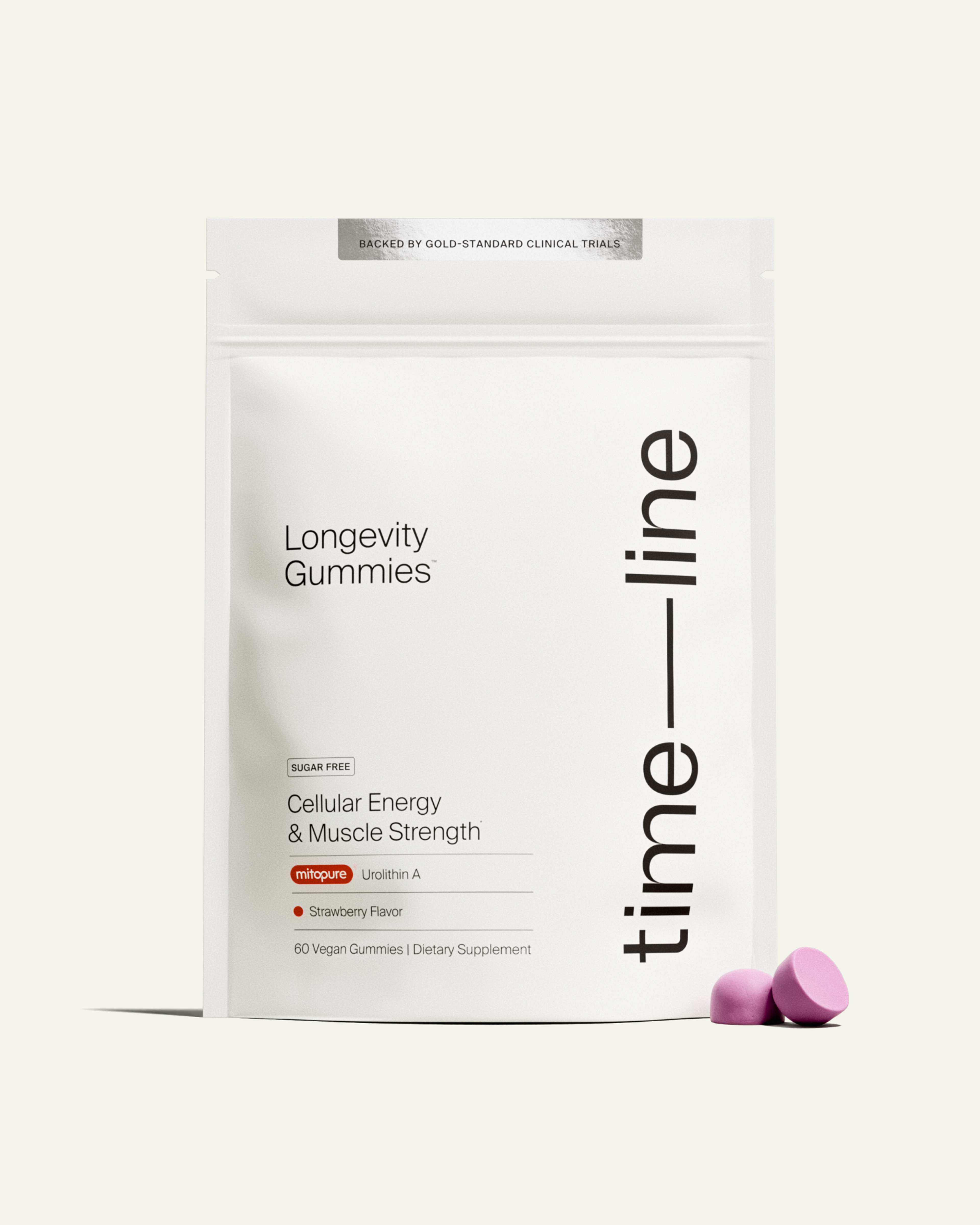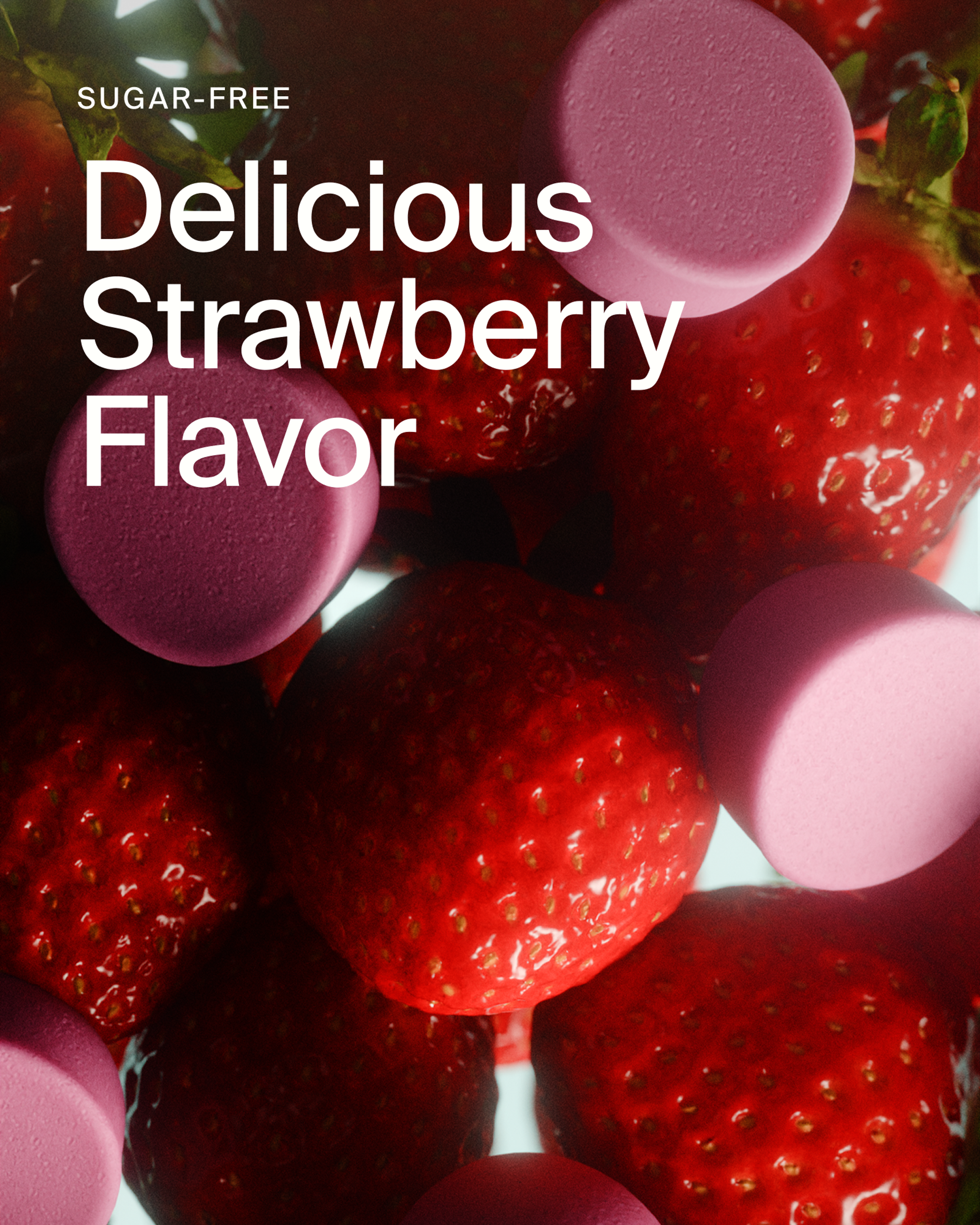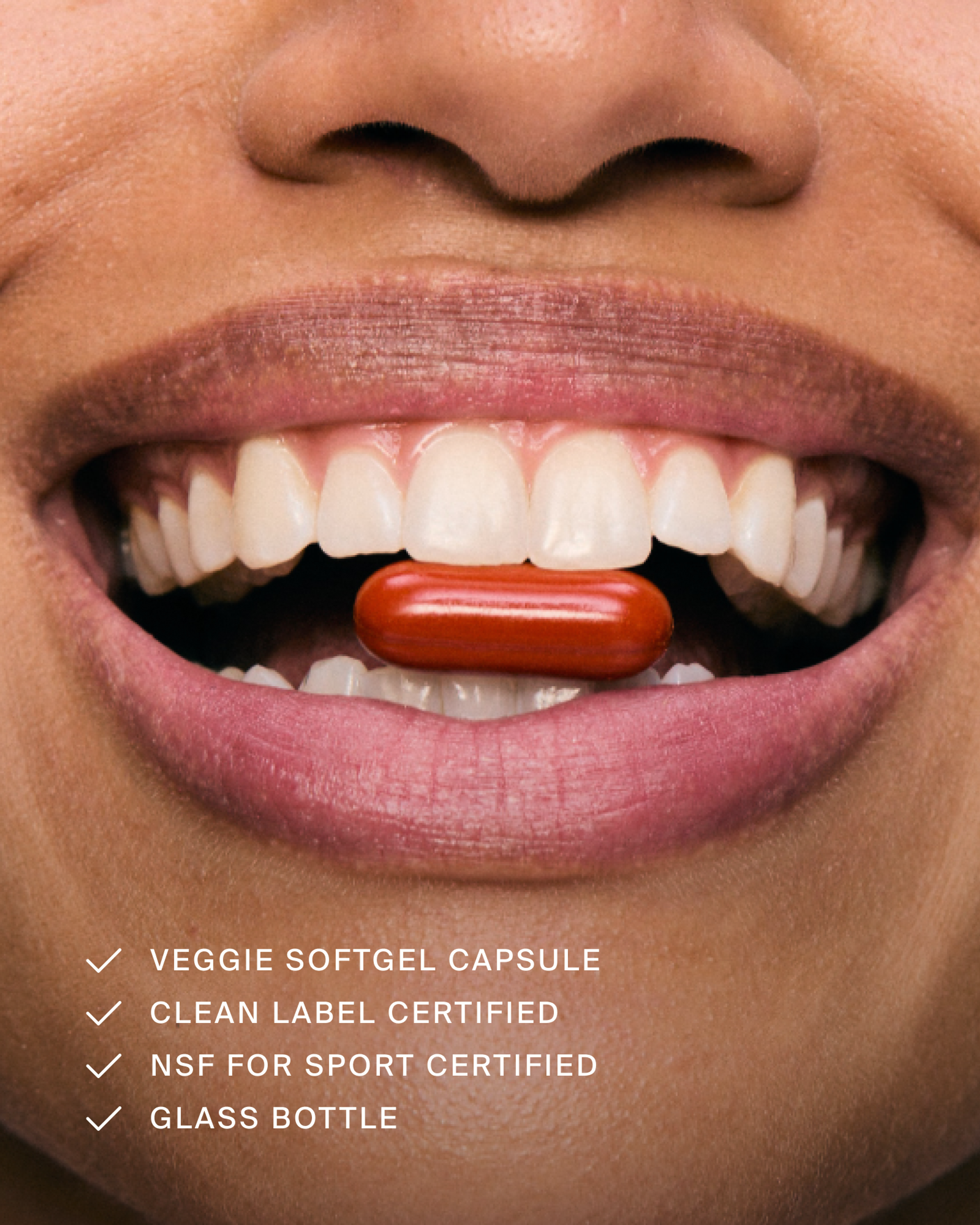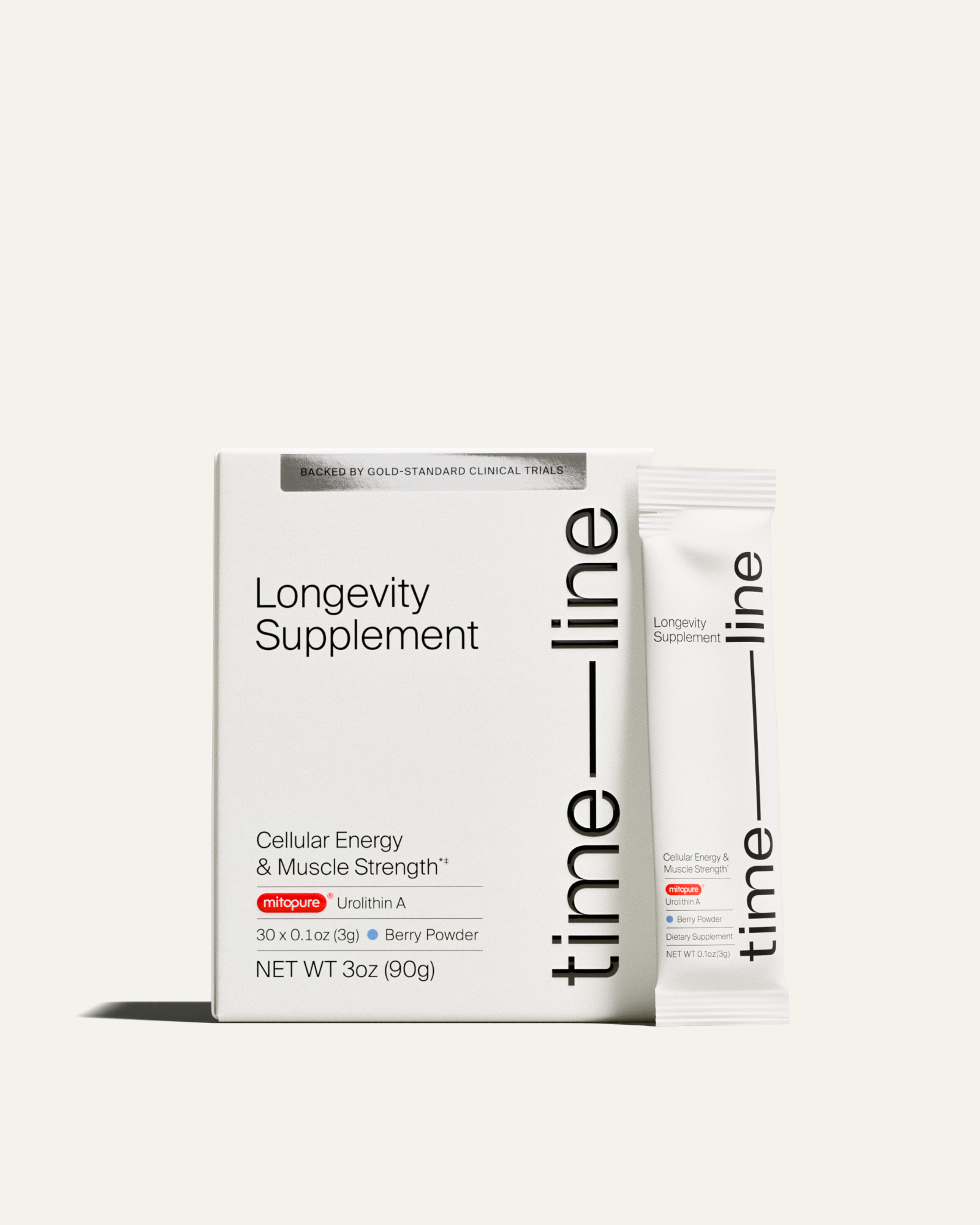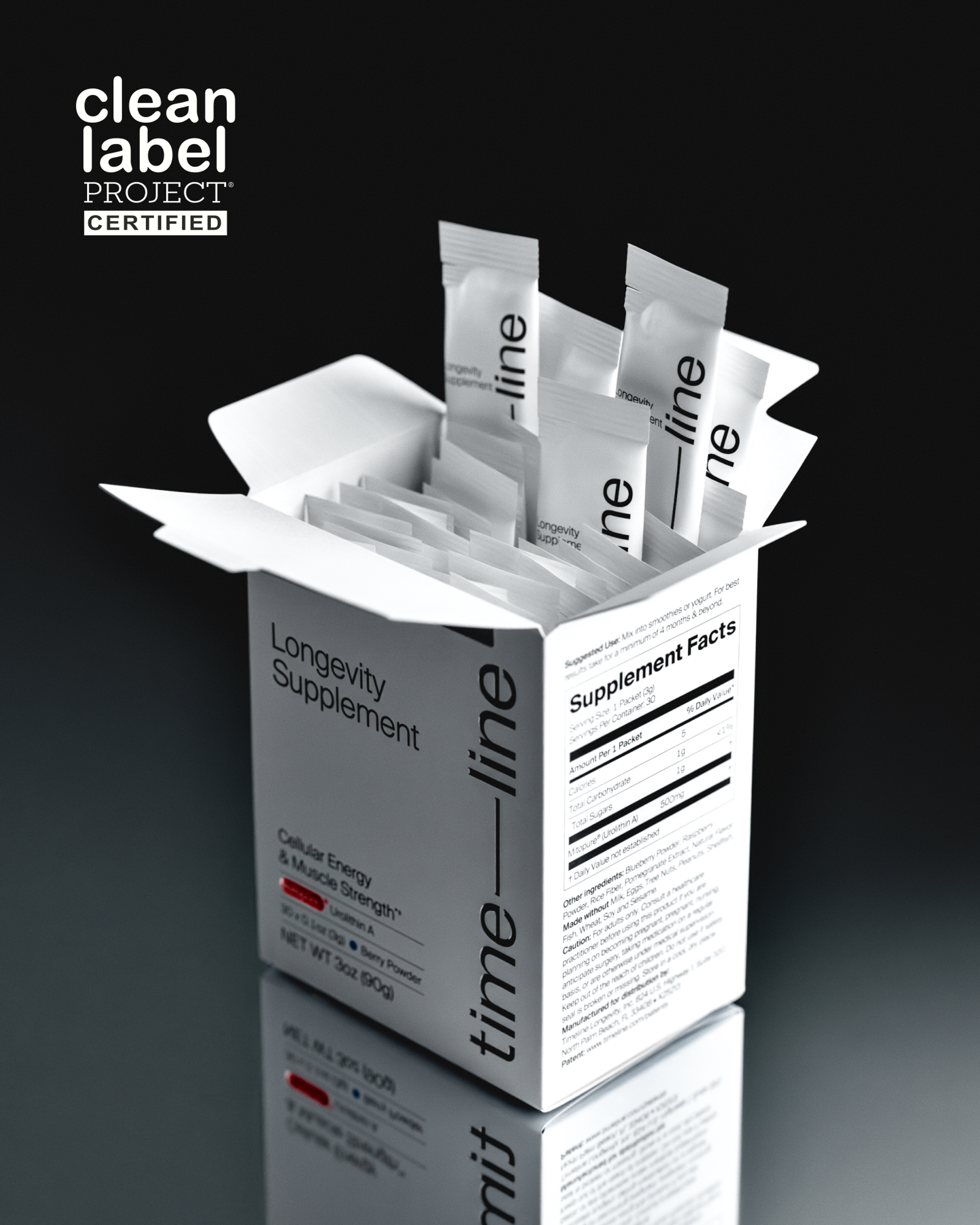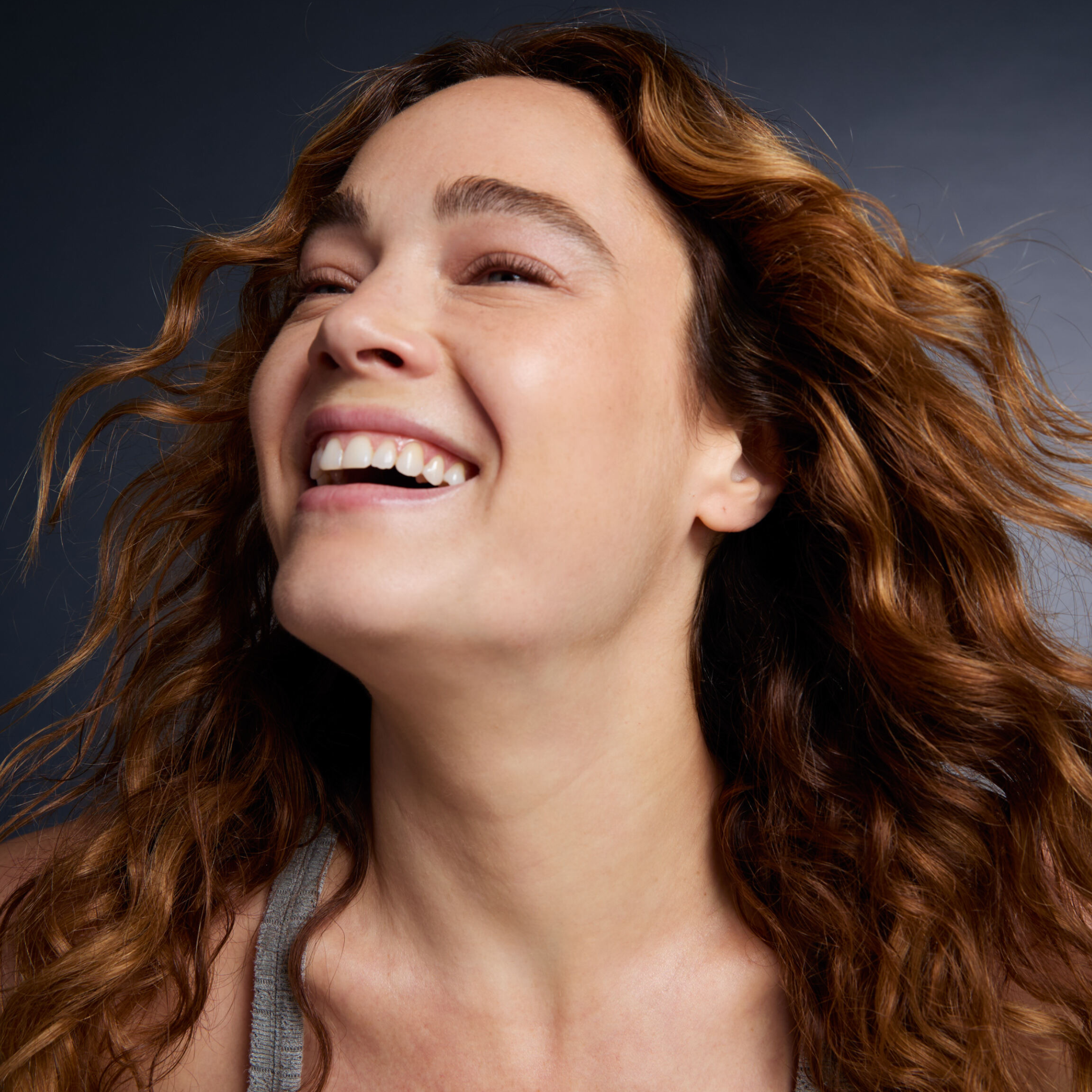What is blue light’s effects on your sleep and health?
Blue light from LEDs in phones, tablets, and other devices may impact sleep, disease risk, and aging. Learn the facts on the effects of blue light.

What to know
Blue light is high-energy light emitted by the sun, but also by electronic devices like LED TVs, smartphones, and tablets.
Exposure to blue light in the hours before bed can impact sleep quality and duration, and make it harder to fall asleep.
One way blue light affects sleep by impacting the release of melatonin, a hormone that makes us drowsy.
Melatonin is also a powerful antioxidant, which may be why blue light exposure is also linked to cancer, diabetes, and heart disease.
Used in normal amounts, blue light-emitting screens should not harm eye health.
Blue light is everywhere: The glow cast by your smartphone, laptop, tablet, and big screen may look white, but most of the light they emit is actually in the part of the visible spectrum called “blue light.” And blue light’s effects include impacts on sleep and may even put us at risk for diabetes, heart disease, and certain cancers. And because it suppresses certain hormones, blue light may even contribute to age-related decay of mitochondria.
Blue’s not all bad, though: Dermatologists use exposure to blue light to treat acne[1] and psoriasis [2]. In addition to its benefits for the skin, blue light has been shown to help with symptoms of depression [3]. Blue light can also stimulate brain activity and has been found to improve physical performance, giving athletes a stronger finishing kick at the end of an effort.[4]
But too much blue light—especially at night—can turn your late-night scrolling into a serious drag on your slumber … and your mood. Here’s the good and bad of blue light, how it affects your health, and what you can do to minimize its deleterious effects.
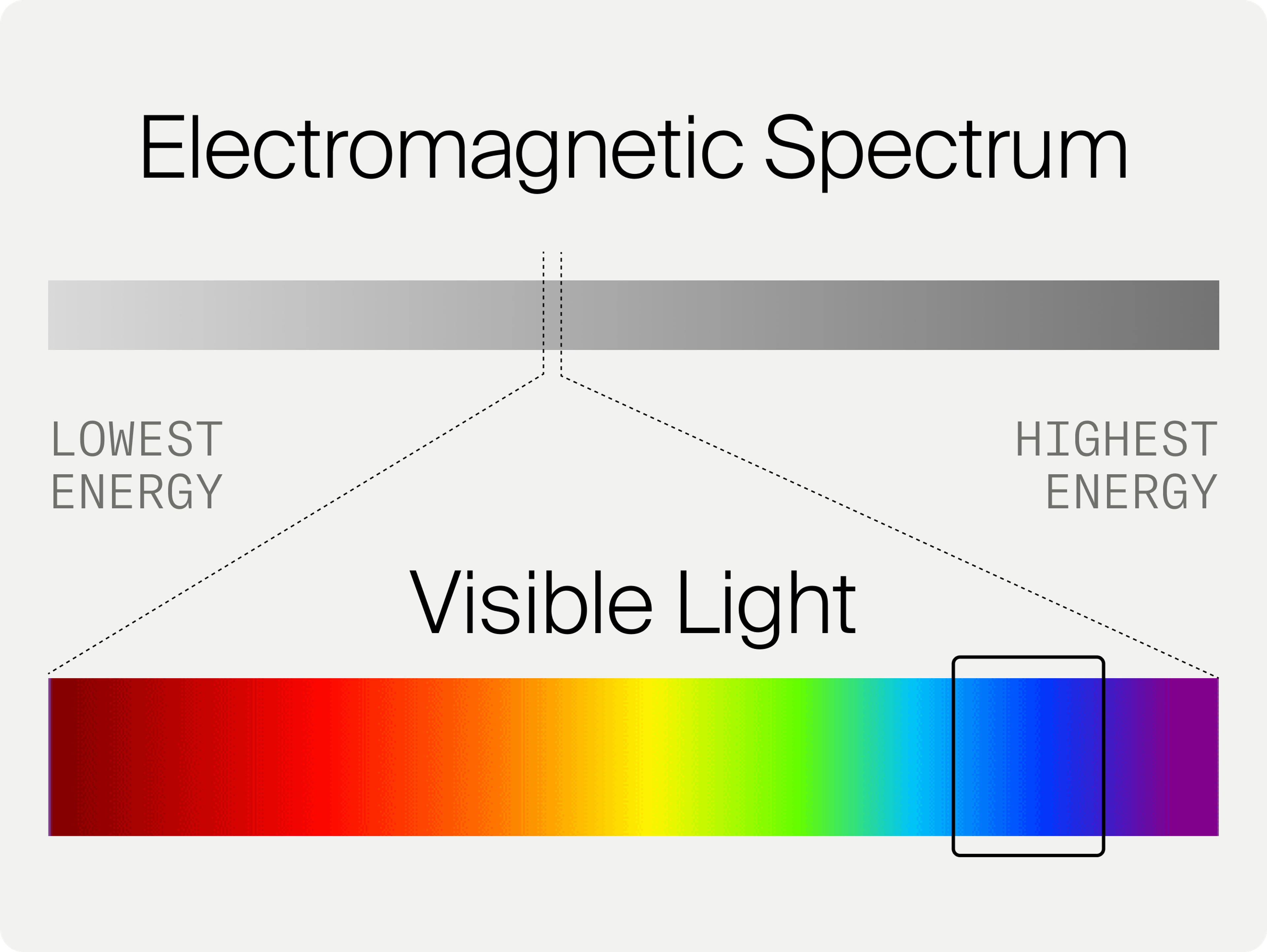
What is blue light, anyway?
Visible light is energy, and that energy comes at us as a series of waves. The amount of space between the peaks and valleys of each wave is called the “wavelength,” and the wavelength determines the color of the light: Along the color spectrum of visible light, red has the fewest waves, giving it the longest wavelength. Blue light, on the other hand, has a very short wavelength (in the range of 400-490 nanometers between waves).
This means that blue light is the highest energy light we can see: It delivers the most waves, and thus, the most energy.[5]
We’ve always been exposed to blue light: It’s part of the sun’s rays. But we’re exposed to much more blue light than in the past, thanks to light-emitting diodes, or LEDs. These small, energy-efficient lights are the main source of light from our electronic devices—phones, tablets, TVs, and computers. The light from these devices appears white, but its peak emissions are this short-wavelength, blue light. And we look at these screens a lot: According to research published in 2021[6], Americans spent an average of 28.5 hours weekly looking at screens during the COVID-19 pandemic. But people were already looking at these blue light-emitting devices for about 26 hours per week before lockdown.
Is blue light bad for your eyes?
According to the 2018 SCHEER report (European Scientific Committee on Health, Environmental and Emerging Risks), in the short term, there is no evidence that the blue light emitted by screens can damage the eyes with the normal use of lamps, computer displays, etc.[7] However, this does not address the potential risks associated with repeated and long-term exposure to blue light.
Some studies on monkeys and rats have shown retinal damage when very intense bursts of blue light are applied or when the animals are exposed to intense blue light for periods of 12 hours or longer, but these studies use higher intensities and higher doses than humans encounter with normal screen use.
What does blue light do to your eyes in the long term? Scientists don’t know that yet. That’s in part because blue LEDs have only existed since the 1990s. And it’s also because it’s hard to delineate how much long-term light exposure is specifically related to blue light.
One concern for long-term LED exposure involves a substance called lipofuscin. This substance builds up in our retinas over time, and when it’s exposed to blue light, reactive oxygen species (ROS) are created. ROS are free radicals that are associated with diseases of aging. Since the amount of lipofuscin in our eyes increases with age, and this increases the amount of ROS that are produced, some scientists believe long-term exposure to blue light may increase the risk of macular degeneration[8]. But more research is needed.
Does blue light keep you awake?
It can. And this short-wavelength light can also impact the quality of your slumber once you do fall asleep. Blue light exposure during the day plays a crucial role in our circadian rhythm and helps us stay awake and active during the day[9]. So, it makes sense that nighttime exposure may disrupt this pattern.
Blue light and melatonin
This is where blue light gets in the way: Blue light emitted by electronics suppresses melatonin secretion, which can impair sleepiness.[12] Several studies have linked the use of blue light emitting devices in the event to melatonin suppression[10]. Even as little as two hours of iPad use at night could impact melatonin levels.[11]
Blue light and sleep quality
Once you fall asleep, pre-bed exposure to blue light may also impact the quality of your slumber. Research is mixed on this topic, but several studies have shown that blue light before bed can impact the “efficacy” of sleep, as well as how long study participants stay asleep. In one study from 2018, for example, young men who were exposed to either intermittent or constant bright, blue light in the three hours before sleep had lower sleep efficiency, a measure of how much time in bed is spent actually sleeping, compared to another group that was exposed to dim light instead. The blue light group also had less total sleep time compared to the dim light group.[13]
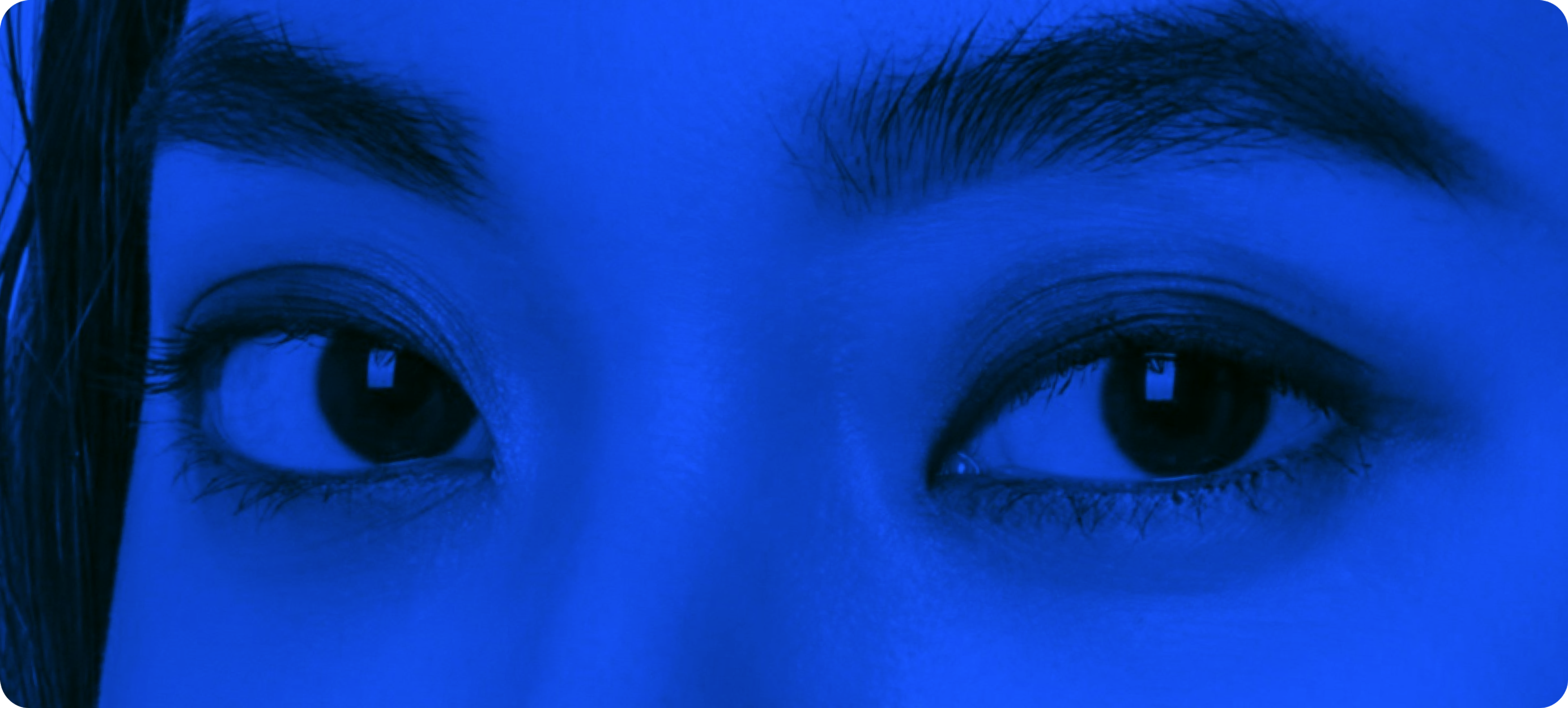
Blue light’s effects on your overall health and longevity
Research shows that exposure to blue light may contribute to certain cancers, diabetes, heart disease, and obesity. [14]All of these diseases are associated with poor sleep, and blue light impacts melatonin secretion, which impacts sleep.
But it might have to do with more than just sleep. Melatonin makes us drowsy, but it’s also a powerful antioxidant. This hormone has anti-inflammatory benefits.[15]
Melatonin may be especially important for helping to reduce oxidative damage to the mitochondria: Unlike some other antioxidants, which have trouble targeting these important organelles, melatonin builds up in large concentrations inside mitochondria[16]. This could make the hormone important in fighting age-related diseases.
Blue light and skin aging
Blue light may also play a role in skin aging. When skin is exposed to blue light, it triggers oxidative stress and the production of free radicals, which can lead to discoloration of the skin.[17]
Do blue light glasses work? Can they help?
With sleepiness and melatonin secretion? Yes. With eye strain and other supposed issues with eye health? Maybe not.
Blue light-blocking glasses filter out blue light. They’re often advertised as reducing eye strain and potential eye health problems associated with looking at computer screens for long periods of time. But studies haven’t borne this out: A 2021 study of 120 participants found no difference in eye strain after two hours on a computer while wearing blue light blocking glasses or clear glasses that did not block blue light.[18]
But the amber-tinted, blue light glasses may help with melatonin secretion and sleep: In studies of adolescents[19] and people suffering from insomnia,[20] wearing these glasses for two hours before bed reduced the blunting of melatonin secretion that normally occurs with exposure to blue light. And in other studies, wearing these glasses for three hours before sleep improved sleep quality and overall mood.[21] In another study, participants wore the glasses for 3-5 hours before bed, and saw an increase of 58 percent in melatonin levels after two weeks.[22]
What about the blue light filter on your phone or tablet?
Many smartphones have a blue light filter, or “night mode,” that tints the screen amber. There aren’t many studies on how well these features work. In a 2020 study testing this mode on an iPad in high and low brightness conditions, scientists found that the filter did slightly reduce melatonin suppression, but it wasn’t as effective as blue light glasses. And using the “night” filter without reducing the screen’s overall brightness did not improve melatonin secretion.[23]
Three ways to reduce blue light exposure and protect sleep
Chances are, you can’t cut LEDs out of your life completely—and you wouldn’t want to. Here’s a three-level game plan to help reduce the effects of blue light on your sleep and melatonin secretion.
Level 1: Lower your screen’s brightness
At the very least, manage your blue light exposure with your phone’s brightness slider. In many studies on blue light, study participants look at screens on full blast. Even with filters on, this is still a lot of light—and in one study, filtering the light didn’t impact melatonin secretion until the brightness was toned down[24]. Lower your screen’s brightness in the evening to reduce the amount of energy you’re bombarded with.
Level 2: Wear blue light-blocking glasses 2-3 hours before bed
If you’re set on sticking to your screens before bed, grab some blue light glasses. In multiple studies, wearing these amber-colored lenses for this period of time before bed improved sleep, boosted mood, and helped more melatonin build up in the body.
Level 3: Stop screen time two hours before sleep.
Set an alarm in your phone to remind you to begin winding down for sleep—and cease screen time for the night. Reading a physical, paper book has been associated with better sleep than reading a backlit e-reader.
Final words
Blue light is a double-edged sword—beneficial in moderation during the day, especially from natural sources, but potentially harmful at night from artificial sources. By understanding and managing your exposure to blue light, especially after sunset, you can protect your sleep and mitigate the risks associated with its excessive use. Whether through the use of blue light-blocking glasses, adjusting screen settings, or simply opting for a book before bed, small changes can make a significant difference in preserving both your sleep quality and long-term well-being.
Authors

Written by
Health & Fitness Writer

Reviewed by
Director Science Communications
References
- ↑
Diogo MLG, Campos TM, Fonseca ESR, et al. Effect of Blue Light on Acne Vulgaris: A Systematic Review. Sensors (Basel). 2021;21(20):6943. Published 2021 Oct 19. doi:10.3390/s21206943
- ↑
Diogo MLG, Campos TM, Fonseca ESR, et al. Effect of Blue Light on Acne Vulgaris: A Systematic Review. Sensors (Basel). 2021;21(20):6943. Published 2021 Oct 19. doi:10.3390/s21206943
- ↑
Strong, Robert E et al. “Narrow-band blue-light treatment of seasonal affective disorder in adults and the influence of additional nonseasonal symptoms.” Depression and anxiety vol. 26,3 (2009): 273-8. doi:10.1002/da.20538
- ↑
Knaier R, Schäfer J, Rossmeissl A, et al. Prime Time Light Exposures Do Not Seem to Improve Maximal Physical Performance in Male Elite Athletes, but Enhance End-Spurt Performance. Front Physiol. 2017;8:264. Published 2017 May 1. doi:10.3389/fphys.2017.00264
- ↑
Tosini G, Ferguson I, Tsubota K. Effects of blue light on the circadian system and eye physiology. Mol Vis. 2016;22:61-72. Published 2016 Jan 24.
- ↑
Wagner BE, Folk AL, Hahn SL, Barr-Anderson DJ, Larson N, Neumark-Sztainer D. Recreational Screen Time Behaviors during the COVID-19 Pandemic in the U.S.: A Mixed-Methods Study among a Diverse Population-Based Sample of Emerging Adults. Int J Environ Res Public Health. 2021;18(9):4613. Published 2021 Apr 27. doi:10.3390/ijerph18094613
- ↑
Wagner BE, Folk AL, Hahn SL, Barr-Anderson DJ, Larson N, Neumark-Sztainer D. Recreational Screen Time Behaviors during the COVID-19 Pandemic in the U.S.: A Mixed-Methods Study among a Diverse Population-Based Sample of Emerging Adults. Int J Environ Res Public Health. 2021;18(9):4613. Published 2021 Apr 27. doi:10.3390/ijerph18094613
- ↑
Margrain TH, Boulton M, Marshall J, Sliney DH. Do blue light filters confer protection against age-related macular degeneration?. Prog Retin Eye Res. 2004;23(5):523-531. doi:10.1016/j.preteyeres.2004.05.001
- ↑
Cougnard-Gregoire A, Merle BMJ, Aslam T, et al. Blue Light Exposure: Ocular Hazards and Prevention-A Narrative Review. Ophthalmol Ther. 2023;12(2):755-788. doi:10.1007/s40123-023-00675-3
- ↑
Cajochen C, Frey S, Anders D, et al. Evening exposure to a light-emitting diodes (LED)-backlit computer screen affects circadian physiology and cognitive performance. J Appl Physiol (1985). 2011;110(5):1432-1438. doi:10.1152/japplphysiol.00165.2011
- ↑
Wood B, Rea MS, Plitnick B, Figueiro MG. Light level and duration of exposure determine the impact of self-luminous tablets on melatonin suppression. Appl Ergon. 2013;44(2):237-240. doi:10.1016/j.apergo.2012.07.008
- ↑
Chang AM, Aeschbach D, Duffy JF, Czeisler CA. Evening use of light-emitting eReaders negatively affects sleep, circadian timing, and next-morning alertness. Proc Natl Acad Sci U S A. 2015;112(4):1232-1237. doi:10.1073/pnas.1418490112
- ↑
Yang M, Ma N, Zhu Y, et al. The Acute Effects of Intermittent Light Exposure in the Evening on Alertness and Subsequent Sleep Architecture. Int J Environ Res Public Health. 2018;15(3):524. Published 2018 Mar 15. doi:10.3390/ijerph15030524
- ↑
Harvard Health Publishing. Blue Light Has a Dark Side. Published 2020 Jul 7.
https://www.health.harvard.edu/staying-healthy/blue-light-has-a-dark-side - ↑
Reiter RJ, Mayo JC, Tan DX, Sainz RM, Alatorre-Jimenez M, Qin L. Melatonin as an antioxidant: under promises but over delivers. J Pineal Res. 2016;61(3):253-278. doi:10.1111/jpi.12360
- ↑
Reiter RJ, Mayo JC, Tan DX, Sainz RM, Alatorre-Jimenez M, Qin L. Melatonin as an antioxidant: under promises but over delivers. J Pineal Res. 2016;61(3):253-278. doi:10.1111/jpi.12360
- ↑
Kumari, Jyoti et al. “The impact of blue light and digital screens on the skin.” Journal of cosmetic dermatology vol. 22,4 (2023): 1185-1190. doi:10.1111/jocd.15576
- ↑
Singh S, Downie LE, Anderson AJ. Do Blue-blocking Lenses Reduce Eye Strain From Extended Screen Time? A Double-Masked Randomized Controlled Trial. Am J Ophthalmol. 2021;226:243-251. doi:10.1016/j.ajo.2021.02.010
- ↑
van der Lely S, Frey S, Garbazza C, et al. Blue blocker glasses as a countermeasure for alerting effects of evening light-emitting diode screen exposure in male teenagers. J Adolesc Health. 2015;56(1):113-119. doi:10.1016/j.jadohealth.2014.08.002
- ↑
Shechter A, Kim EW, St-Onge MP, Westwood AJ. Blocking nocturnal blue light for insomnia: A randomized controlled trial. J Psychiatr Res. 2018;96:196-202. doi:10.1016/j.jpsychires.2017.10.015
- ↑
Burkhart K, Phelps JR. Amber lenses to block blue light and improve sleep: a randomized trial. Chronobiol Int. 2009;26(8):1602-1612. doi:10.3109/07420520903523719
- ↑
Ostrin LA, Abbott KS, Queener HM. Attenuation of short wavelengths alters sleep and the ipRGC pupil response. Ophthalmic Physiol Opt. 2017;37(4):440-450. doi:10.1111/opo.12385
- ↑
Nagare R, Plitnick B, Figueiro MG. Does the iPad Night Shift mode reduce melatonin suppression?. Light Res Technol. 2019;51(3):373-383. doi:10.1177/1477153517748189
- ↑
Nagare R, Plitnick B, Figueiro MG. Does the iPad Night Shift mode reduce melatonin suppression?. Light Res Technol. 2019;51(3):373-383. doi:10.1177/1477153517748189
- ↑
Nagare R, Plitnick B, Figueiro MG. Does the iPad Night Shift mode reduce melatonin suppression?. Light Res Technol. 2019;51(3):373-383. doi:10.1177/1477153517748189
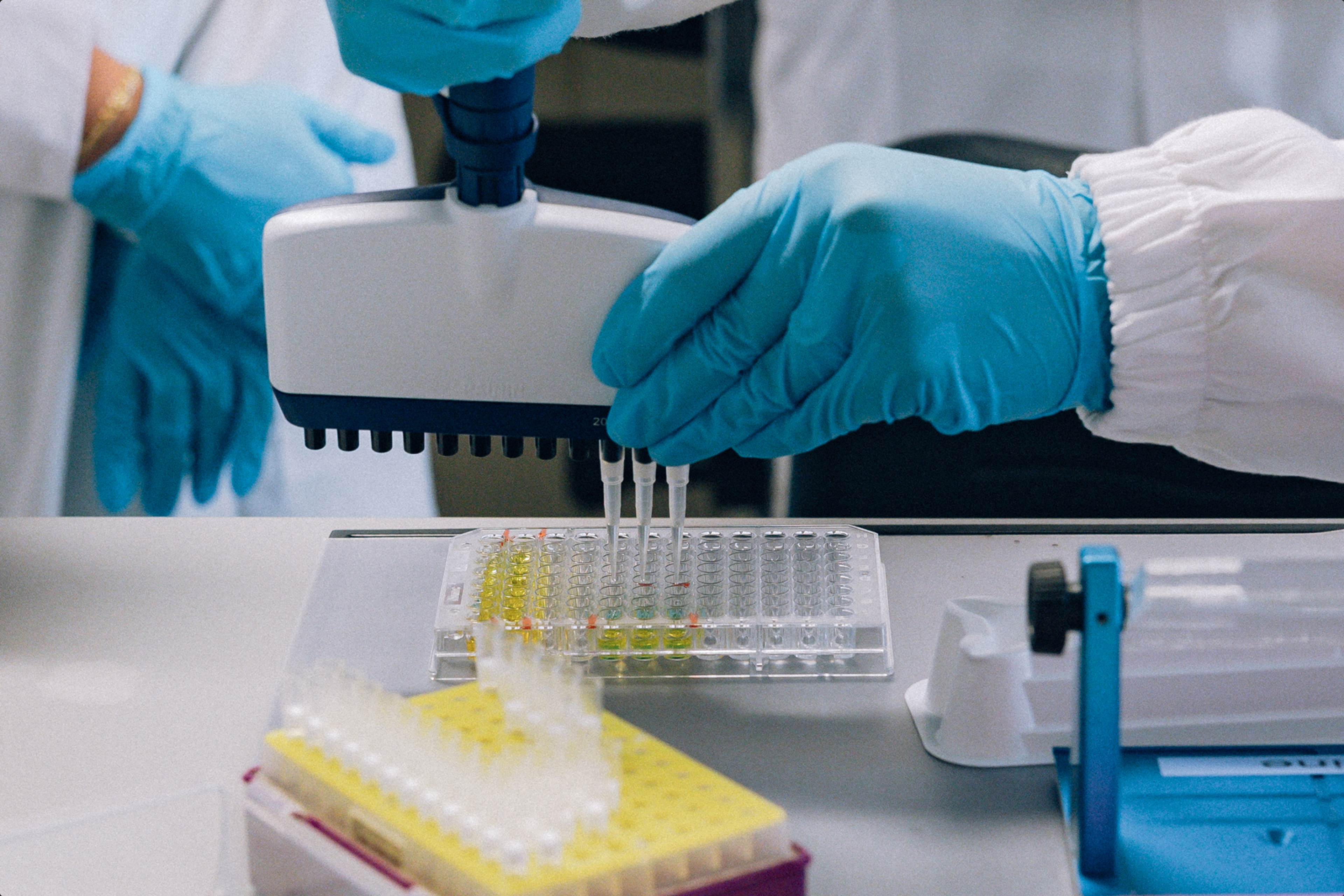
·
Nutrition·
Studies·
